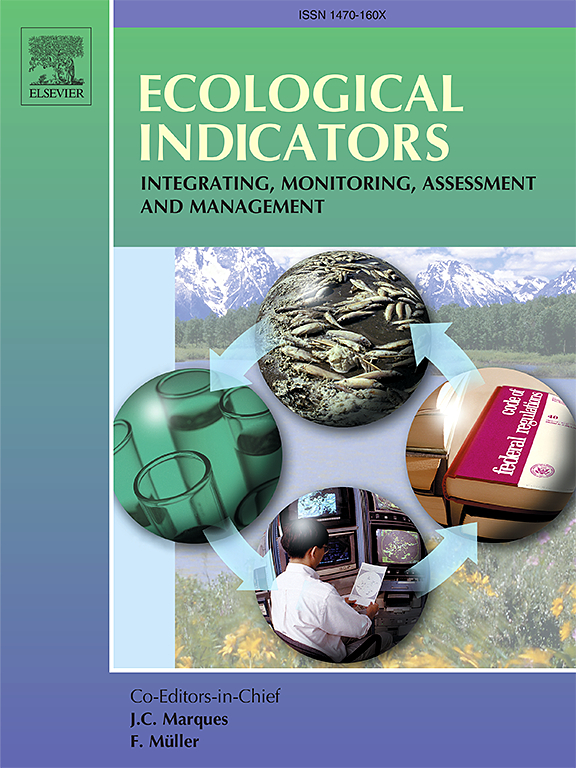Towards smarter green infrastructure: Fusing bark ecology and stemflow hydrodynamics on tree stems
IF 7
2区 环境科学与生态学
Q1 ENVIRONMENTAL SCIENCES
引用次数: 0
Abstract
A wide array of bark surfaces sheath wooded plants in rural and urban areas alike. Much work has examined the function and role of bark in different contexts and different environs, including urban areas, finding that it is rich in life and can play a role in the transfer of water and matter to the ground surface. Accordingly, this paper presents a first step to weld and fuse bark ecology and stemflow hydrodynamics. It is an effort to develop a physically-based understanding of the transport of water and matter (e.g., solutes, particulates, microorganisms) along tree stems using relevant equations to allow a more informed consideration of bark in green infrastructure initiatives. In particular, the hydrodynamical equations are based on the conservation of water mass, conservation of momentum, and conservation of scalar mass. These equations, coupled with contemplation of corticular life, underpin and substantiate bark’s unifying role as a modulator and cultivator. By elucidating the ‘black box’ of the tree stem and utilizing the formulations set forth in this paper, urban foresters and planners can develop green infrastructure to help advance ecosystem services and sustainability development goals (SDG), especially SDG 11 and SDG 15.
迈向更智能的绿色基础设施:在树干上融合树皮生态学和茎流流体动力学
在农村和城市地区,各种各样的树皮表面都有鞘状树木。许多研究都考察了树皮在不同环境下的功能和作用,包括城市地区,发现树皮具有丰富的生命,可以在水和物质向地表的转移中发挥作用。因此,本文提出了将树皮生态学和茎流流体力学结合起来的第一步。这是一项努力,旨在发展对水和物质(如溶质、颗粒、微生物)沿着树干的运输的物理基础理解,使用相关方程,以便在绿色基础设施倡议中更明智地考虑树皮。特别是,流体动力学方程是基于水质量守恒、动量守恒和标量质量守恒。这些方程式,加上对皮质生命的思考,巩固并证实了树皮作为调制者和栽培者的统一作用。通过阐明树干的“黑箱”并利用本文提出的公式,城市林业工作者和规划者可以开发绿色基础设施,以帮助推进生态系统服务和可持续发展目标(SDG),特别是SDG 11和SDG 15。
本文章由计算机程序翻译,如有差异,请以英文原文为准。
求助全文
约1分钟内获得全文
求助全文
来源期刊

Ecological Indicators
环境科学-环境科学
CiteScore
11.80
自引率
8.70%
发文量
1163
审稿时长
78 days
期刊介绍:
The ultimate aim of Ecological Indicators is to integrate the monitoring and assessment of ecological and environmental indicators with management practices. The journal provides a forum for the discussion of the applied scientific development and review of traditional indicator approaches as well as for theoretical, modelling and quantitative applications such as index development. Research into the following areas will be published.
• All aspects of ecological and environmental indicators and indices.
• New indicators, and new approaches and methods for indicator development, testing and use.
• Development and modelling of indices, e.g. application of indicator suites across multiple scales and resources.
• Analysis and research of resource, system- and scale-specific indicators.
• Methods for integration of social and other valuation metrics for the production of scientifically rigorous and politically-relevant assessments using indicator-based monitoring and assessment programs.
• How research indicators can be transformed into direct application for management purposes.
• Broader assessment objectives and methods, e.g. biodiversity, biological integrity, and sustainability, through the use of indicators.
• Resource-specific indicators such as landscape, agroecosystems, forests, wetlands, etc.
 求助内容:
求助内容: 应助结果提醒方式:
应助结果提醒方式:


